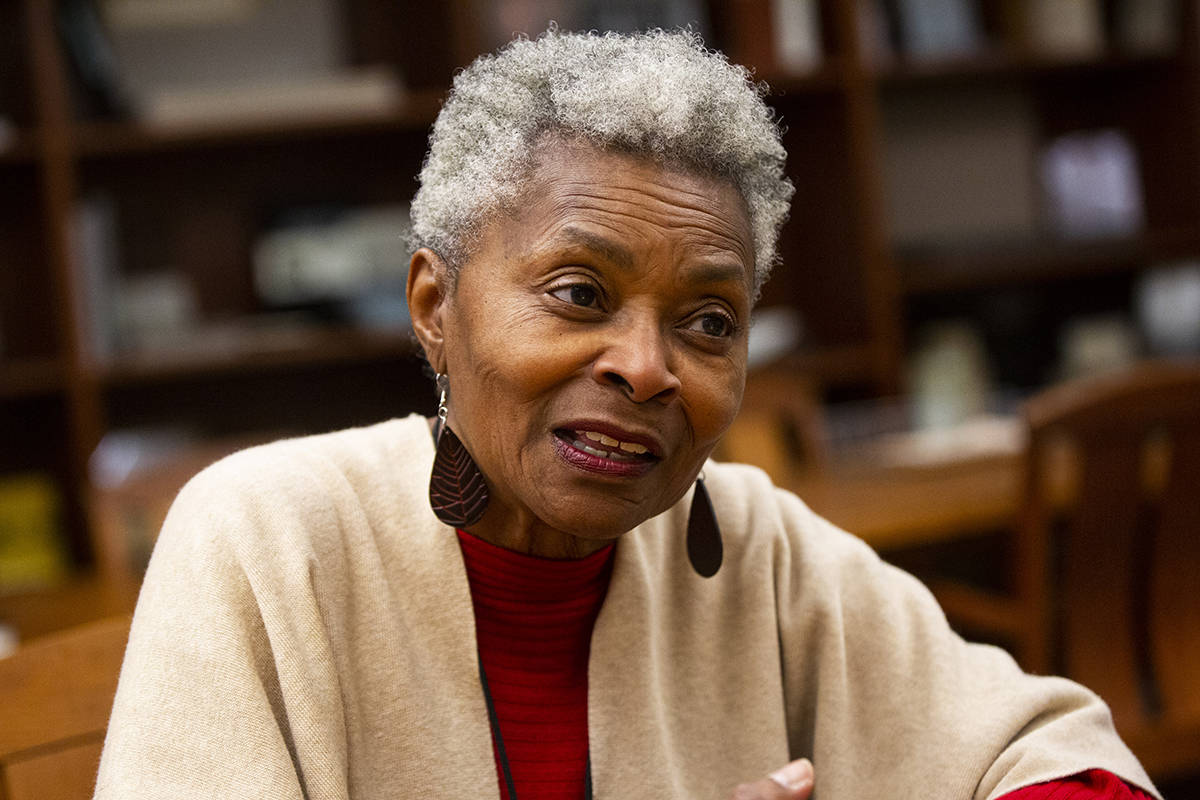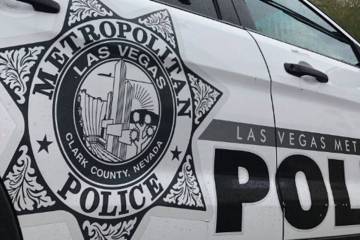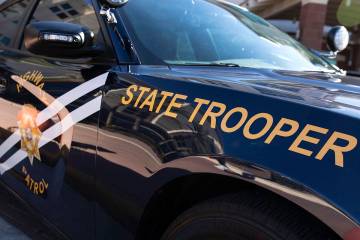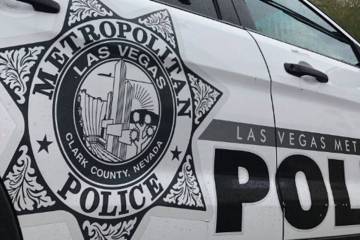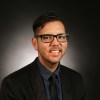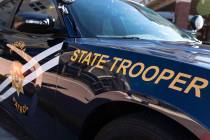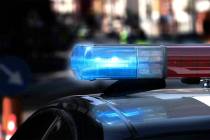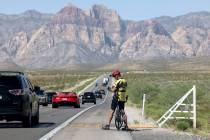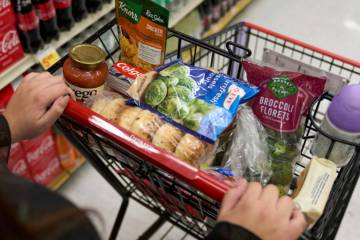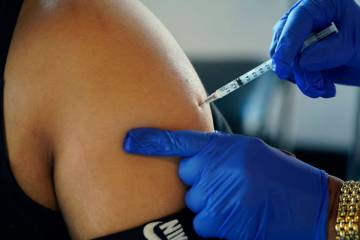Pandemic, health care inequities: ‘Two crises that came to a head’
Minority groups have been affected by COVID-19 at disproportionately higher rates than their white counterparts in Southern Nevada and, on Friday, Gov. Steve Sisolak announced a plan intended to reverse inequities in distributing the vaccine to traditionally marginalized groups.
“We’ve seen disparities heightened during the pandemic and during the rollout of the vaccine,” said Claytee White, the director of the UNLV Oral History Research Center.
White hosted a conversation with other university leaders on Thursday about the discrepancy in access and delivery of health care for people of color as part of UNLV’s “We Need to Talk” virtual series on systemic racism.
The broader talks on a historically unequal health care system appeared tailor made to address the challenges being faced right now in local communities amid the coronavirus crisis.
“What’s happening here is a reflection of what’s happening nationally,” UNLV President Keith E. Whitfield said.
Southern Nevada health officials have held news conferences to bring attention to how Latinos have been struck particularly hard by the pandemic. During a late November surge, data showed that Asian, Black and Hispanic residents were continuing to die at disproportionately higher rates than white residents.
Access to immunizations is merely the newest public health predicament faced disproportionately by people of color: Black and Hispanic residents are receiving less of it based on population share when compared to white and Asian locals.
“What the COVID-19 has highlighted is just how impactful those inequities are that continue to exist,” said José Melendrez, executive director of the Office of Community Partnerships at the UNLV School of Public Health.
Redlining
Present issues are a symptom of redlining dating to the 1940s, and extending for some 40 years, where lines were drawn around portions of communities to indicate where Black and other people of color were forced to live because they could not obtain loans for houses outside those areas, according to Melva Thompson-Robinson, the director at the UNLV Center for Health Disparities Research.
In turn, those communities were under-resourced and without the tax base needed for high-quality schools, leading to fewer residents moving on to higher education.
“So now when you’re talking about COVID, these are now people who are working in our essential jobs that are having to go to work everyday that are now being exposed,” Thompson-Robinson said.
Smaller homes means less space in which to isolate, she added, an issue exacerbated by a trend that has been highlighted by local health officials when addressing disproportionately high coronavirus cases in the Hispanic community: There is a tendency for households to be multigenerational.
Thompson-Robinson said the racial and cultural barriers that have been thrust centerstage during the pandemic are examples of structural racism — not the racism that might occur in interactions between two people — but a system in place that has traditionally held certain people back from enjoying the advantages of other communities.
Building trust
There are also challenges unique to underserved populations: The Navajo Nation has faced issues with access to clean water, for instance, at a time when hand-washing is viewed as a basic habit of protection, and there remains skepticism among minorities about the side effects of vaccines.
“This is the kind of suspicion you have when you don’t have a trust, a basic trust, in the medical system to actually do well by you,” Whitfield said, adding that outreach to those communities must be tailored to address those fears.
Even as Melendrez said that building trust in disadvantaged neighborhoods takes years of engagement and delivering on promises, local officials have recently sought to make inroads on bridging the gap between public health access and the underserved.
For example, the Hispanic outreach campaign, “Está en Tus Manos” (“It’s In Your Hands”) — created to assist with COVID-19 testing — is being refocused to raise awareness of the need for vaccinations. And last year, both the state of Nevada and Clark County declared systemic racism a public health crisis, which panelists Thursday called “bold” and a “huge step.”
Melendrez said the UNLV School of Public Health has 180 students helping the Southern Nevada Health District with contact tracing and volunteers speak 27 different languages, a reflection of the diversity in Southern Nevada.
Student suicides cause for alarm
But there is still progress to be made, the panelists said, such as collecting adequate local data on COVID-19 and race and ethnicity; ensuring a more diverse workforce including at UNLV; and not ignoring mental, emotional and behavioral health access in communities.
There have been 20 student suicides in the Clark County School District since the pandemic forced in-person learning to pivot to a virtual format in March.
“I worry about what may be happening with our students as well,” Whitfield said, noting that a recent small dip in student retention at UNLV has him more concerned than in a typical year about economic difficulties, isolation and mental health.
He said the university has several programs on campus to assist students, but he fears for those who do not ask for help.
‘Two crises that came to a head’
Beyond directly addressing public health inequities, Thompson-Robinson said there must be advances in other areas such as education, policing, incarceration rates and the social justice system in general.
“When you start overlaying those bad social determinants of health, then you start having those poor health outcomes and so we’ve really got to start unpacking all of that,” she said.
Ultimately Whitfield said that solutions can only be reached through difficult conversations, viewed as not a point of accusation — but realization — where participants do not cling to their divergent sides yet create change where everyone is welcomed.
“It’s an interesting point in time: We in some ways have two crises that came to a head and hopefully will change us forever on a different path,” he said.
Contact Shea Johnson at sjohnson@reviewjournal.com or 702-383-0272. Follow @Shea_LVRJ on Twitter.
The series, "We Need To Talk," is sponsored by the UNLV Libraries and the Greenspun College of Urban Affairs and in conjunction with Black History Month. Visit www.library.unlv.edu/weneedtotalk to view weekly episodes through February.



